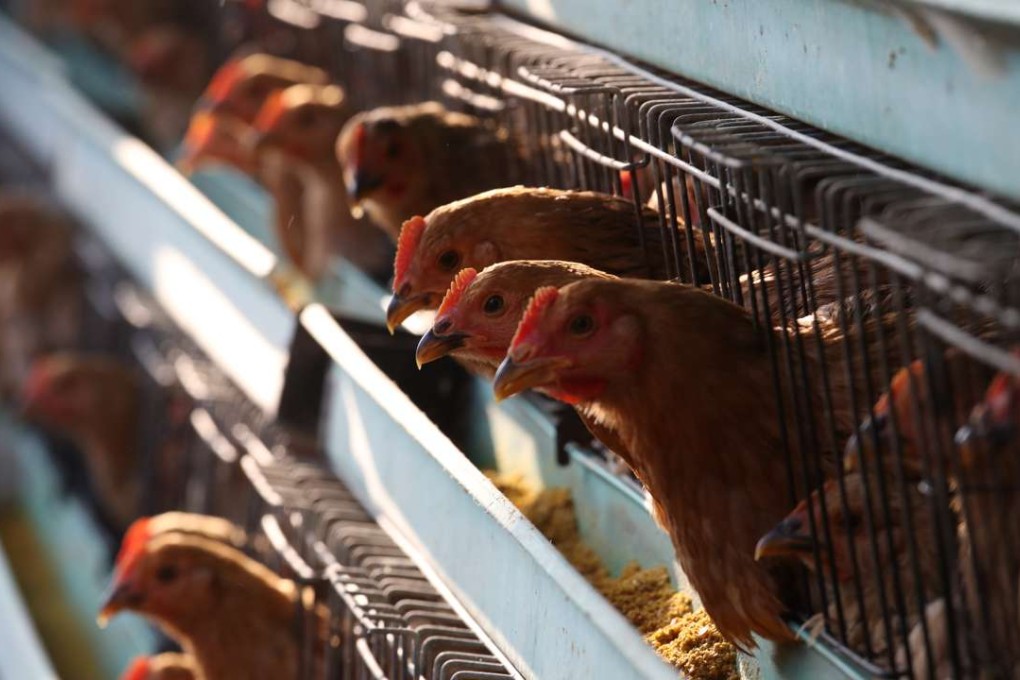Enough tiptoeing around the problem of bird flu
Successive governments have shied away from taking tough decisions on the safety of live poultry, but it’s time to put the issue to rest once and for all

Hong Kong’s experience in handling bird flu is second to none. Given we have gone through no fewer than 12 health scares and have culled more than four million birds since 1997, one would have thought the problem should have long been settled. It is therefore intriguing that the government is still grappling with the issue, in a rather lame consultation document, after two decades. According to a study, live poultry imports and sales should be maintained in light of people’s “strong culinary preference” for fresh chicken meat and because of the city’s stringent surveillance system. The government is instead advised to introduce extra vaccines, set up physical barriers to reduce human contact with chickens at retail outlets and relocate the poultry wholesale market to a less populated area.
It is disappointing that officials are asking the public to comment on some piecemeal fixes instead of offering bold solutions. The public can be excused for feeling that the government is using a consultation to justify not doing anything. It does not take a survey to show that local consumers still prefer fresh chicken to chilled or frozen poultry. While 43 per cent said they would be dissatisfied if the former were no longer available, the survey also showed that 39 per cent did not have a view on banning the sale of live poultry, while another 35 per cent supported a ban.
This is not the first time the government has shied away from adopting more resolute measures. It shelved a controversial proposal for centralised slaughtering a few years ago, citing reduced health risks and the lack of economic viability as the reasons. This is hardly surprising, given the local poultry industry is worth HK$400 million annually and accounts for over 38 per cent of the city’s total agricultural output. Vested interests and resistance from traders and consumers mean officials are still tiptoeing around the problem. But the status quo comes at a heavy social and economic cost. Not only are we paying extra to vaccinate live poultry every year, but we also have to shoulder hefty compensation bills whenever there is an outbreak that warrants mass culling of chickens.
More importantly, the threat to public health cannot be ignored. While we have not had any local human infections since 1997, there have been occasional imported cases. Globally, there have been more than 800 cases of human infection since 2013. Sporadic outbreaks of bird flu on the mainland mean the risk of another one is never far away. As the consultants warned, a ban on live poultry cannot be ruled out in future should circumstances change.
We can continue to defer tough decisions or seriously consider some resolute measures to settle the problem once and for all.
